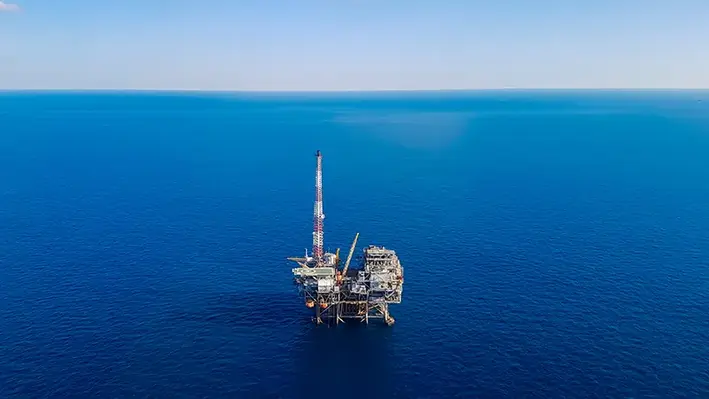
 Petronas' natural gas development project offshore Brunei Darussalam will see engineering, procurement, construction, installation and commissioning (EPCIC) work by McDermott.
Petronas' natural gas development project offshore Brunei Darussalam will see engineering, procurement, construction, installation and commissioning (EPCIC) work by McDermott.
A subsea contract between Petronas and McDermott, this follows front-end engineering design, engineering optimisation and readiness planning delivery for the project, also by McDermott.
A significant conventional gas project from Brunei, the latest contract will require McDermott to support the development of a subsea production system and associated infrastructure. The company will be delivering umbilicals, risers and flowlines, which will connect six wells to a floating production unit for natural gas recovery. It will also cover EPCIC services for a gas export pipeline that will supply feedstock to Brunei's liquefied natural gas (LNG) sector.
"Transitioning from FEED to a full EPCIC award underscores McDermott's engineering excellence and proven ability to deliver complex subsea projects across the region," said Mahesh Swaminathan, McDermott's Senior Vice President, Subsea and Floating Facilities. "It also reinforces McDermott's collaborative approach in working with customers to drive engineering value. We look forward to continuing our collaboration with PETRONAS Carigali Brunei and its partners to advance this project safely and efficiently."
Project management will be led from McDermott's engineering center of excellence in Kuala Lumpur, Malaysia, supported by teams across other McDermott offices and project sites.
The Brunei gas development project aims to deliver a long-term solution for natural gas supply, covering the region's domestic energy needs and LNG export commitments.
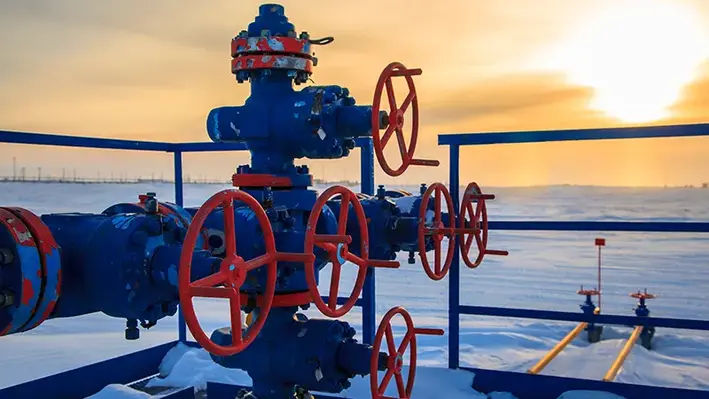
 In line with its ambitions, Gulf Keystone, a leading independent operator and producer in the Kurdistan Region of Iraq, has managed to record a gross average production of around 41,400 bopd in 2025
In line with its ambitions, Gulf Keystone, a leading independent operator and producer in the Kurdistan Region of Iraq, has managed to record a gross average production of around 41,400 bopd in 2025
The company's approach involved transitioning from trucking sales to pipeline exports via the Iraq-Türkiye Pipeline so that volumes can be quickly ramped up to attain full well capacity.
Well workover is currently underway to bring back two wells online, which in turn, will result in increased production rates by early 2026. A three-week shutdown is also in plans next year to ensure safety upgrades at PF-2, with equipment tie-ins to be conducted as well. Engineering design work is on track for the installation of PF-2 water handling in 2027.
Jon Harris, Gulf Keystone’s chief executive officer, said, "2025 has been a milestone year for the Company after pipeline exports from the Shaikan Field were successfully restarted in September following a hiatus of over two and a half years. Liftings allocated to Gulf Keystone and other IOCs commenced in November and we are pleased to have recently received our first payment. The process as outlined in the interim exports agreements is working and we look forward to a return to full PSC entitlement at international prices following the international independent consultant’s review.
"We are on track to meet our production, capital and cost guidance for 2025. Strong operational and financial performance in the year has enabled us to safely advance key projects while distributing US$50mn of dividends to shareholders. Cumulative production from the Shaikan Field recently surpassed 150 million barrels, underlining the scale and quality of the asset. Looking ahead to 2026, we are expecting a base work programme focused on the progression of current projects. We are also embedding optionality to restart drilling and review disciplined field development, contingent on consistent exports payments at international prices. We are excited about a potentially transformational year for the company and remain focused on executing for our shareholders."
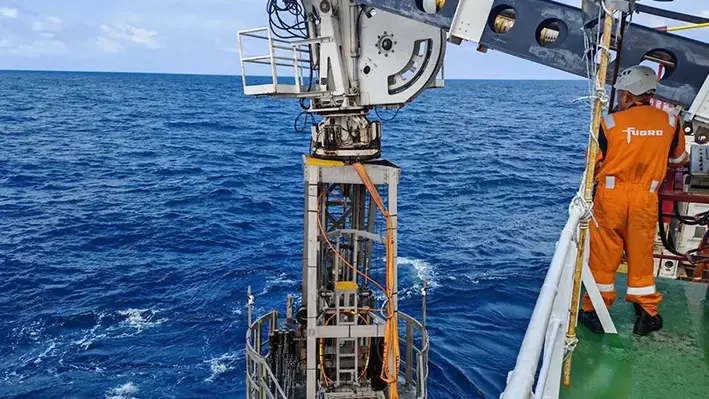
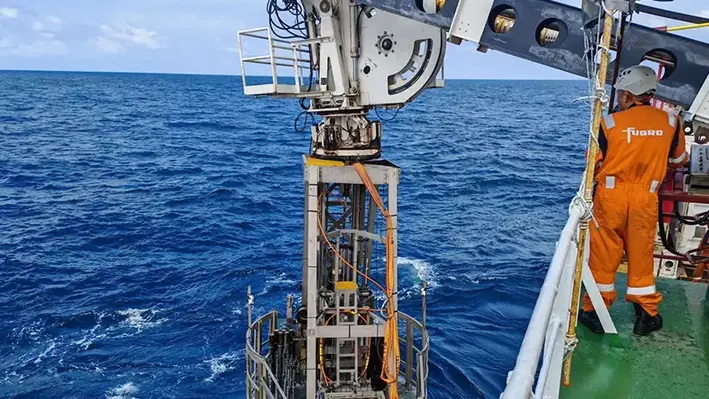 Fugro has secured a significant contract with Mubadala Energy (South Andaman) RSC Limited to deliver cutting-edge soil investigation services for the South Andaman Deepwater Development offshore Indonesia.
Fugro has secured a significant contract with Mubadala Energy (South Andaman) RSC Limited to deliver cutting-edge soil investigation services for the South Andaman Deepwater Development offshore Indonesia.


Italian oilfield services provider Saipem has confirmed that Aker BP has exercised a further option to extend the contract for the semi-submersible drilling rig Scarabeo 8, keeping the unit on the Norwegian Continental Shelf (NCS) for an additional year, now through to 2028.
This marks the third consecutive extension of the agreement since the original charter was signed in March 2022, reflecting sustained drilling activity and operational collaboration between the two companies.
The extension is valued at US$157mn, covering the rig hire dayrate but excluding fuel and supplementary services, and is subject to approval by Aker BP’s board, expected in January 2026. Saipem and Aker BP have also included a contractual clause enabling future options for further extensions, signalling their intention to maintain the partnership beyond 2028 if market conditions and operational requirements align.
Scarabeo 8 is a sixth-generation semi-submersible drilling unit engineered for demanding offshore environments such as the North Sea and Barents Sea, capable of year-round operations under stringent regulatory standards. The rig is equipped with advanced dynamic positioning (DP3) and mooring systems and holds a DNV winterised basic classification, allowing it to operate in harsh weather conditions while aiming for “zero pollution” and “zero discharge” performance. It can support drilling to significant depths and accommodate large crews, making it suitable for complex exploration and well construction projects in deep and shallow waters.
The original contract, awarded in March 2022, had a three-year firm period worth approximately US$325mn and included options for two further one-year extensions. Since then, Aker BP has exercised those options annually, with the latest move extending the contract into 2028 after previous extensions for 2026 and 2027.
Operationally, Scarabeo 8 has been involved in key activities on the ncs under Aker BP’s drilling programme. Last year, it set a new record for the longest exploration well drilled by Aker BP in Norway, reaching a total depth of 8,513 m, underscoring the rig’s performance and capability in frontier exploration drilling.
The latest extension not only highlights Saipem’s ongoing role in supporting hydrocarbon exploration and production in one of the world’s most challenging offshore environments but also indicates broader confidence in continued offshore oil and gas activity in norway amid evolving energy markets.
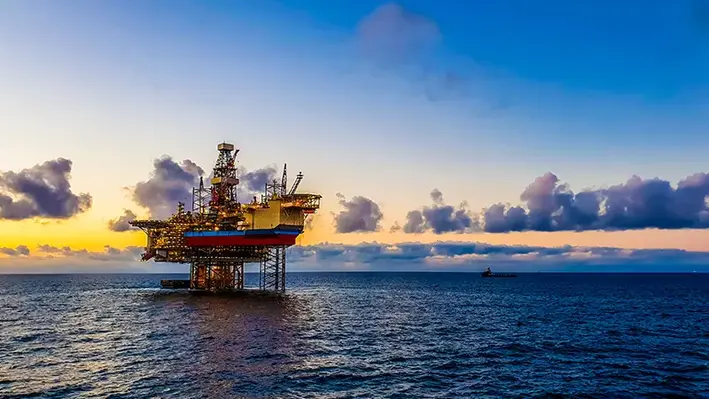
 Seadrill Limited has announced new contract awards for its rigs West Neptune, Sevan Louisiana, and Sonangol Quenguela.
Seadrill Limited has announced new contract awards for its rigs West Neptune, Sevan Louisiana, and Sonangol Quenguela.
In the U.S. Gulf of Mexico, the West Neptune has secured a contract with LLOG Exploration. The four-month program is scheduled to begin immediately following the current contract, contributing approximately $48 million to Seadrill’s backlog.
Meanwhile, the Sevan Louisiana also received a contract award in the U.S. Gulf from an undisclosed operator for a two-month program. This engagement is set to start directly after its current contract with Walter Oil and Gas. The campaign will mark the first use of the Trendsetter well-intervention equipment in the region.
In Angola, an option for five wells has been exercised, extending the Sonangol Quenguela’s operations by around ten months, keeping the rig contracted through February 2027.
“These awards reflect Seadrill’s ability to contract preferentially in direct continuation to current contracts and avoid costly white space in a challenging market phase,” said Simon Johnson, President and Chief Executive Officer. “We continue to build backlog into 2026 and beyond, deepening longstanding partnerships with existing and repeat customers.”
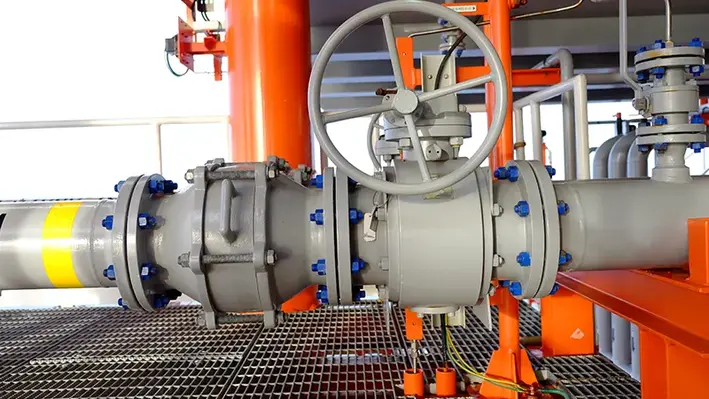
 As Reconnaissance Energy Africa reports a productive 2025 in its year-end corporate operational performance, the company is preparing to conduct a well test in Damara Fold Belt offshore Namibia.
As Reconnaissance Energy Africa reports a productive 2025 in its year-end corporate operational performance, the company is preparing to conduct a well test in Damara Fold Belt offshore Namibia.
“We are preparing to conduct a production test on Kavango West 1X, which will allow us to conduct a longer flow period and pressure buildup analysis to better calculate potential production rates and reserve estimates. Early planning suggests that we may test up to eight separate reservoir intervals of interest,” said Nick Steinsberger, Senior Vice President Drilling & Completions.
Unlike the usual process, the partners are prioritising production testing over a drill stem test to allow for more controlled testing of isolated intervals of interest. This way better addressed the operational challenges posed by a 2,000-m open hole section in adequately testing the entire gross Otavi reservoir at one time.
Production casing and testing equipment are being sourced before testing operations can be commenced in the first quarter of 2026. In a span of roughly two months, up to eight zones of interest will be evaluated.
Wireline logging from the Huttenberg and Elandshoek formations within the Upper Otavi Group have also indicated promising results. Well analysis from the Elandshoek sections shows 81 m of hydrocarbon fluorescence found in cuttings, a clear indicator of hydrocarbons. Indications of fracturing were pervasive based on well logs.
Also, rapid increases in gas readings after drilling connections indicated hydrocarbons flowing actively towards the wellbore.
“We have had an active and productive 2025 in which we advanced the Company on multiple strategic fronts. We completed drilling our second well in the Damara Fold Belt resulting in encountering of significant hydrocarbons, extended our acreage position into Angola at a low cost of entry and expanded our asset portfolio into offshore Gabon to help balance our investment risk profile. These actions set the Company up for several important milestones in 2026.
We are preparing for the production test at Kavango West 1X next year after only our second exploration well drilled in the Damara Fold Belt, a unique position to be in when exploring a new basin. Our teams are working on procuring the equipment needed for this test which is expected to commence operations by the end of the first quarter of 2026.
While recently visiting Namibia after our Kavango West 1X well results, the partnership group operated by ReconAfrica and including NAMCOR and BW Energy, had the privilege of meeting Her Excellency President Nandi-Ndaitwah. We are grateful for the President’s recognition of the significance of hydrocarbons encountered in the Kavango West well and how the partnership can help support onshore hydrocarbon development and the long-term energy supply for Namibia,” said Brian Reinsborough, President and CEO.
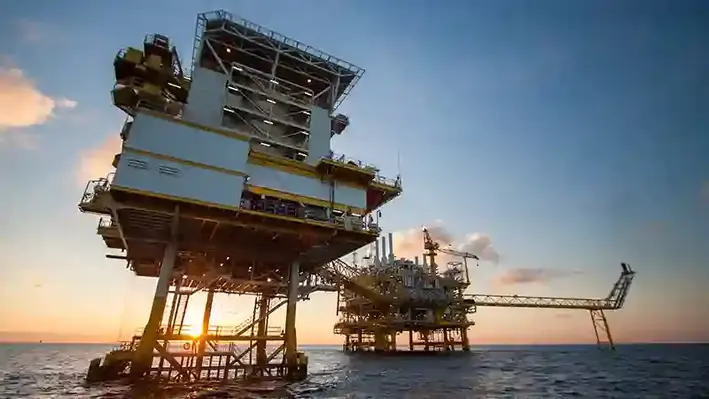
 As NuGulf is looking towards major decommissioning operations, a Bureau of Safety and Environmental Enforcement-aligned Cased Hole Well Control Manual for Decommissioning Activity that is dedicated to the nearshore Gulf of America has been released.
As NuGulf is looking towards major decommissioning operations, a Bureau of Safety and Environmental Enforcement-aligned Cased Hole Well Control Manual for Decommissioning Activity that is dedicated to the nearshore Gulf of America has been released.
The document focuses on decommissioning where the well is made safer, especially during the operation. The initial process involves establishing plug and cement barriers to isolate all hydrocarbon hazards. Once this step is achieved, well changes are determined by 'class' from pressure for flow potential to no pressure and no potential to flow. Equipment rig up can change from pressure tested PCE to 'open hole' operations to cut and pull tubing and casing.
This document comes after a tried and tested onshore Cased Hole Well Control Manual that ensured consistency in operations and both well site supervisors and contractors understand what is required for any cased hole operation.
A United States-based operator, NuGulf works to eliminate the global Asset Retirement Obligation (ARO) through the careful decommissioning, plugging and abandoning, and environmental cleanup of wells and field infrastructure. Their approach involves innovative solutions to efficiently deliver some of the most challenging decommissioning, well intervention and hurricane recovery projects.
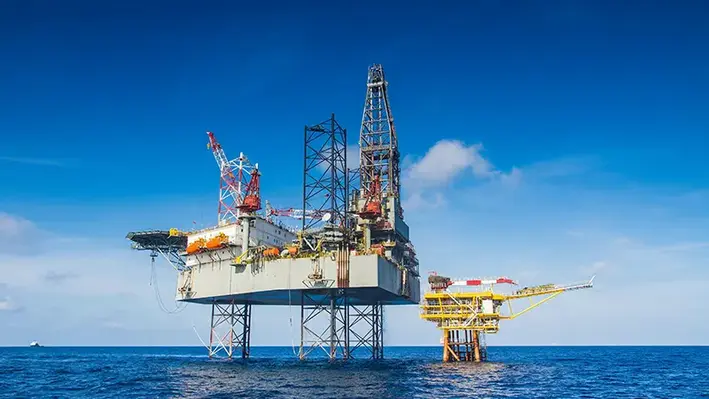
 BW Energy has announced that the short-term lease for the Super Gorilla class jack-up rig BW MAROMBA B, to be deployed in Brazil's Maromba field, has been successfully converted into a long-term project lease agreement with Minsheng Financial Leasing Co. Ltd. (MSFL)
BW Energy has announced that the short-term lease for the Super Gorilla class jack-up rig BW MAROMBA B, to be deployed in Brazil's Maromba field, has been successfully converted into a long-term project lease agreement with Minsheng Financial Leasing Co. Ltd. (MSFL)
The new lease agreement covers the rig purchase and all costs required to get the MAROMBA B wellhead platform ready for drilling and production. This provides an efficient lease financing structure for the project's development phase, followed by a 10-year lease term. The lease will commence upon first oil for the Maromba development, with no payments due before this point. The lease carries a fixed daily rate of US$ 120,500, providing cost predictability throughout the lease period.
"We are pleased to establish an attractive lease financing for the full scope of the Maromba wellhead platform investment, building on our strong relationship with MSFL," said Thomas Young, the CFO of BW Energy. "This agreement further highlights our ability to consistently leverage repurposed production infrastructure to enable cost-efficient greenfield developments."
The rig is expected to arrive in Dubai from Singapore before the end of the year. At the yard in Dubai, it will be refurbished and converted into a fully integrated drilling and production platform. The unit's recent drilling service in Australia supports an efficient upgrade and refurbishment programme. When completed, it will mobilise to Brazil and commence drilling and completion work according to the phased development plan for the Maromba field.
The Maromba field in the southern Campos Basin offshore Brazil, around 100 km southeast of the city of Cabo Frio, is estimated to contain around 100mn bbl of oil and has an estimated oil production capacity of 30,000 to 40,000 barrels per day. It is 95% owned by BW Energy, the operator, and is being developed in phases, with first oil scheduled for 2027. 5 Star Oil & Gas Brasil Ltda holds a 5% back-in right in the Maromba licence.
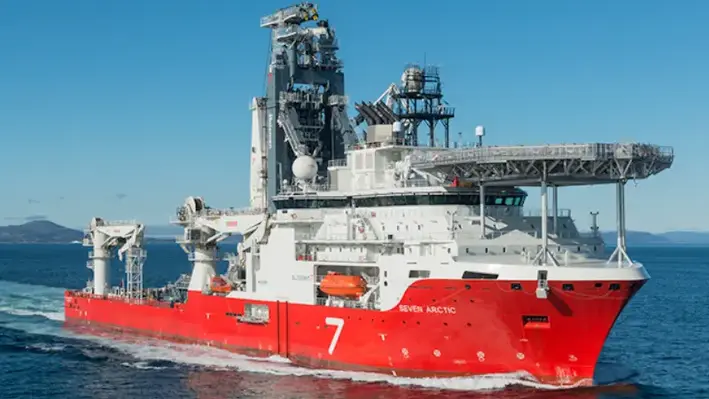
 Subsea7 has been awarded a contract with Chevron Australia for subsea installation on the Gorgon Stage 3 Project.
Subsea7 has been awarded a contract with Chevron Australia for subsea installation on the Gorgon Stage 3 Project.
Subsea7’s scope of work includes project management, engineering, procurement, fabrication, transportation, installation and pre-commissioning of subsea equipment and associated infrastructure at the project site, located at 1,350m water depth.
Project management and engineering work will commence immediately, with offshore operations expected to begin in 2028.
David Bertin, Senior Vice President for Subsea7 Global Projects Centre East, said, “This project marks an important milestone and reinforces our long-term strategic engagement with Chevron. Building on our local and international capability and experience, we look forward to working collaboratively with Chevron Australia – focusing on safety and quality to optimise reliability, technical integrity and offshore operations – to successfully deliver the Gorgon Stage 3 subsea installation.”
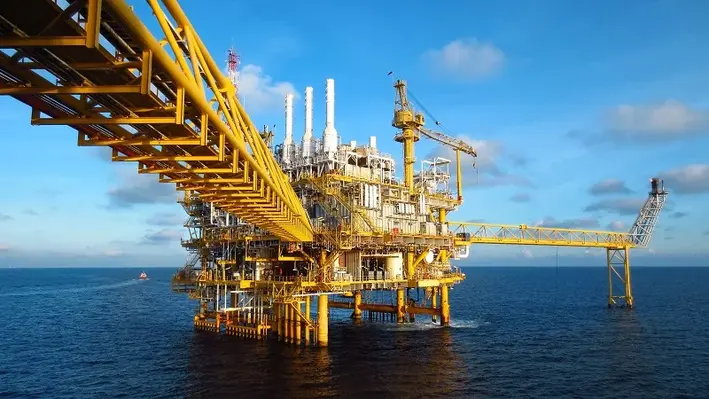
 Shell Offshore has taken a final investment decision on a waterflood project at the Kaikias field in the Gulf of America to aid in boosting production.
Shell Offshore has taken a final investment decision on a waterflood project at the Kaikias field in the Gulf of America to aid in boosting production.
Water will be injected to displace additional oil in the reservoir formation which supplies production to Shell’s Ursa platform in the Mars Corridor.
The method acts as a secondary recovery where the injected water physically sweeps the displaced oil into adjacent production wells, while re-pressurising the reservoir. First injection is penned for 2028 and is anticipated to extend the production lifecycle of Ursa by several years.
Peter Costella, Shell’s Upstream President, said, “Following our decision to increase our stake in Ursa earlier this year, this additional investment continues to maximise the value of the asset. It also contributes to our aim of maximising high-margin production and longevity in a core basin to maintain liquids production.”
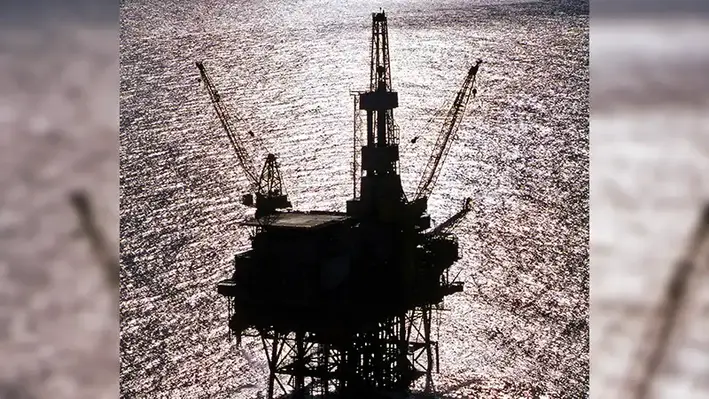
 ExxonMobil Australia Chair, Simon Younger, outlined the state of play in the company’s decommissioning efforts in the Gippsland Basin during a recent industry event.
ExxonMobil Australia Chair, Simon Younger, outlined the state of play in the company’s decommissioning efforts in the Gippsland Basin during a recent industry event.
He said the company is committed to “responsibly decommissioning” a number of offshore facilities that are no longer producing oil and gas, highlighting the global significance of the project off the coast of Victoria.
“You may be surprised to learn that Victoria is home to Australia’s largest decommissioning project, and ExxonMobil’s largest decommissioning project globally, a multi-year, multi-billion dollar programme of works,” he noted.
Younger was speaking at an event to mark ExxonMobil Australia’s 130 years in the country.
From humble beginnings as the Vacuum Oil Company (later known as Mobil Oil Australia) selling a barrel of cylinder oil to a Bendigo Goldmine from its Melbourne office back in 1895, 130 years later it has grown to become one of Australia’s most critical energy suppliers.
The event also celebrated 60 years of its membership to the Committee for Economic Development of Australia (CEDA), an independent, member-based public policy think tank.
“So far we’ve safely completed over $2.5 billion of early works across our offshore operations, including the permanent sealing of more than 200 wells,” said Younger.
All this work, he added, is in preparation for the arrival of the world’s largest construction vessel, the Allseas Pioneering Spirit, in 2027.
“This mammoth vessel, which is as long as almost 3 MCG fields laid end to end, will travel from Norway to start removal of the 12 retired offshore facilities in Bass Strait and deliver them to our Barry Beach Marine Terminal in Southeast Gippsland, where they will be safely dismantled and recycled.”
After that, the mega project entails a huge and coordinated recycling effort, he noted.
“We plan to maximise recycling of these facilities for a second life and minimise the number of materials processed as waste,” said Younger.
“In fact, our aim is to recycle more than 95% of the mostly steel material from our oil and gas structures. Most of the steel will either be sent offsite in trucks, or via ships for onward transportation to recycling facilities.”
At the same time, Younger noted that ExxonMobil Australia remains committed to supporting the reliable supply of gas from the Bass Strait into the 2030s.
Over the last decade, it has invested almost a billion dollars in the Gippsland Basin.
These investments include the Kipper 1B project, which started up last month, the Kipper Compression Project, and the West Barracouta project, which came online in 2021.
“And right now, in conjunction with our joint venture partner Woodside Energy, we are investing $350 million to develop the Turrum Phase 3 project, which will further bolster supplies of Gippsland gas to the east coast domestic market by 2027,” he said.
“Turrum Phase 3 will be one of the largest gas developments on the east coast and means our Gippsland operations are set to continue powering Australian homes and businesses well into the next decade.”
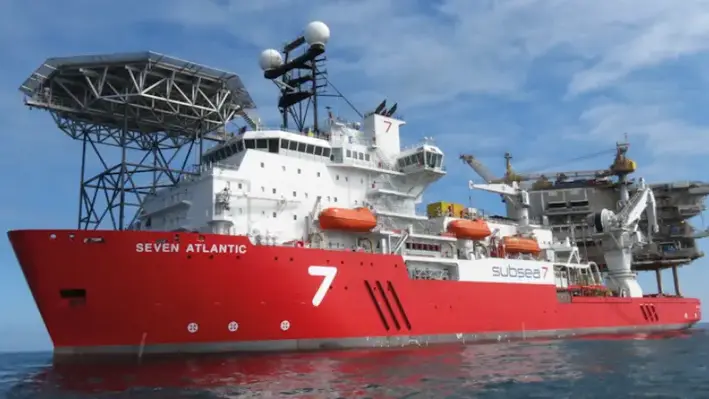
 Earlier this month Subsea7 was awarded a sizeable contract by Ithaca Energy for work in the UKCS.
Earlier this month Subsea7 was awarded a sizeable contract by Ithaca Energy for work in the UKCS.
The contract outlines the provision of off-station decommissioning services for the Alba Floating Storage Unit and Greater Stella field FPF-1 production facility, located 230km east of Aberdeen.
The scope includes the flushing of the subsea pipelines, provision of diver support vessel services, and seabed clearance.
Project management and engineering will commence immediately, with offshore activities penned to begin from Q2 2026.
Hani El Kurd, Senior Vice President of UK and Global Inspection, Repair and Maintenance for Subsea7, said, “This award provides an excellent opportunity to further demonstrate the extent of our three decades of full-field proven decommissioning expertise and our capability in delivering complex, safe and effective solutions.
“Subsea7 is proud of its longstanding relationship with Ithaca Energy, which began in 2008, and looks forward to collaborating closely throughout this project to combine our expertise and ensure its successful delivery.”
Page 1 of 111